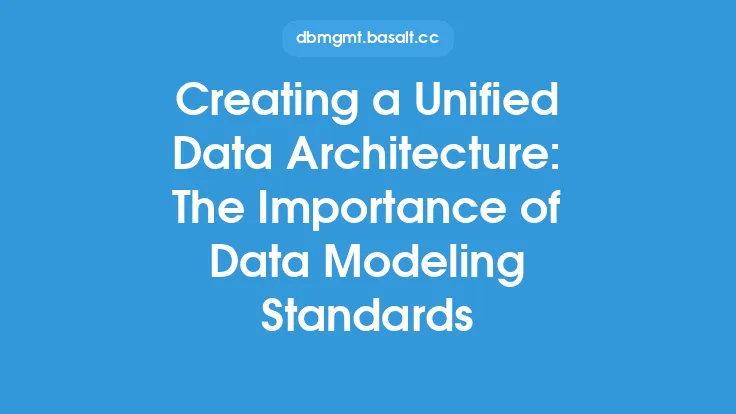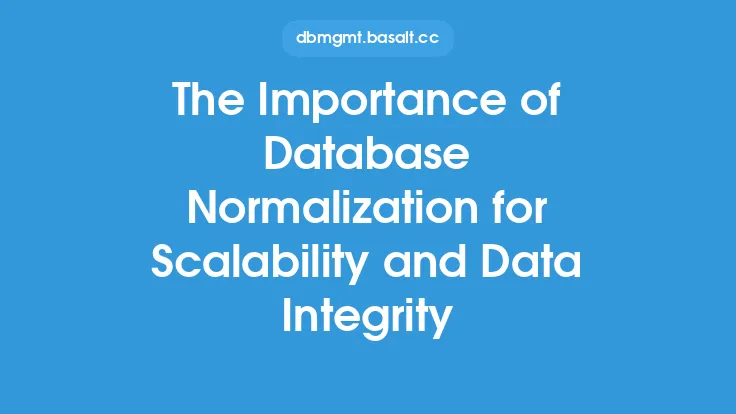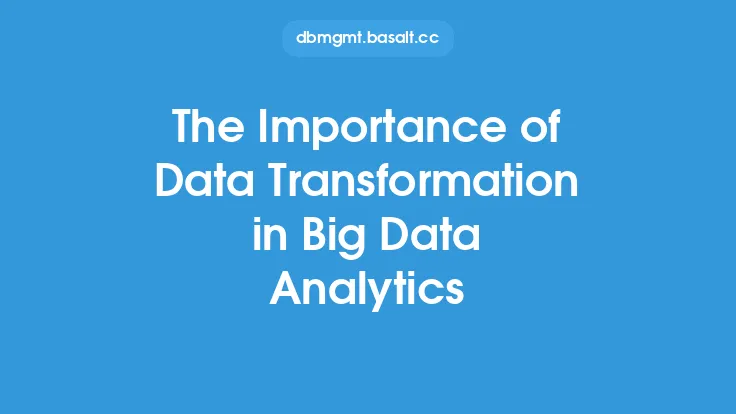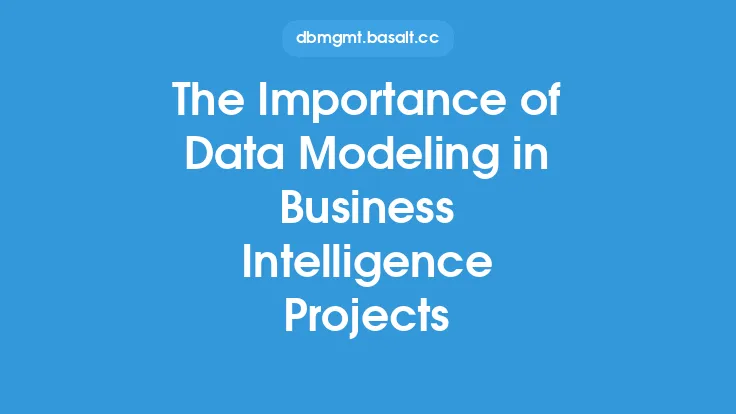In today's data-driven world, organizations are generating and collecting vast amounts of data from various sources, including social media, IoT devices, and traditional databases. This data is often stored in different formats, structures, and systems, making it challenging to integrate, analyze, and share. To overcome these challenges, standardizing data models is crucial for achieving interoperability, which is the ability of different systems to communicate and exchange data seamlessly. Standardized data models provide a common language and framework for data representation, enabling organizations to unlock the full potential of their data and make informed decisions.
Introduction to Data Models
A data model is a conceptual representation of the data structures and relationships within an organization. It provides a blueprint for data management, defining how data is organized, stored, and accessed. Data models can be categorized into three main types: conceptual, logical, and physical. Conceptual data models represent the business domain and are used to identify the key entities, attributes, and relationships. Logical data models provide a more detailed representation of the data structures and are used to define the data storage and retrieval mechanisms. Physical data models represent the actual database design and are used to implement the data storage and management systems.
Benefits of Standardizing Data Models
Standardizing data models offers numerous benefits, including improved data quality, reduced data redundancy, and enhanced data sharing and collaboration. Standardized data models ensure that data is consistent and accurate, reducing errors and inconsistencies that can arise from different data representations. By using a common data model, organizations can avoid data duplication and reduce the complexity of data integration, making it easier to share and analyze data across different systems and departments. Additionally, standardized data models facilitate data governance and security, enabling organizations to implement robust access controls and data protection mechanisms.
Data Modeling Standards and Interoperability
Data modeling standards play a critical role in achieving interoperability between different systems and organizations. Standards such as the Common Data Model (CDM), the Data Catalog (DCAT), and the Resource Description Framework (RDF) provide a common framework for data representation, enabling seamless data exchange and integration. These standards define a set of rules, guidelines, and best practices for data modeling, ensuring that data is represented in a consistent and unambiguous manner. By adopting these standards, organizations can ensure that their data models are compatible with other systems and applications, facilitating data sharing and collaboration.
Technical Aspects of Data Model Standardization
From a technical perspective, standardizing data models involves several key steps, including data discovery, data classification, and data transformation. Data discovery involves identifying and cataloging the various data sources and systems within an organization. Data classification involves categorizing and organizing the data into a standardized framework, using techniques such as entity-relationship modeling and data normalization. Data transformation involves converting the data into a standardized format, using technologies such as XML, JSON, and RDF. Additionally, data model standardization requires the use of metadata management tools, which provide a centralized repository for storing and managing metadata, such as data definitions, data relationships, and data lineage.
Industry-Recognized Data Modeling Standards
Several industry-recognized data modeling standards are available, including the Object Management Group (OMG) Common Data Model (CDM), the World Wide Web Consortium (W3C) Resource Description Framework (RDF), and the Open Group ArchiMate standard. These standards provide a comprehensive framework for data modeling, covering aspects such as data structure, data semantics, and data governance. The OMG CDM, for example, provides a standardized framework for representing data as entities, attributes, and relationships, while the W3C RDF provides a standardized framework for representing data as graphs and triples. The Open Group ArchiMate standard provides a comprehensive framework for enterprise architecture, including data architecture, application architecture, and technology architecture.
Best Practices for Implementing Standardized Data Models
Implementing standardized data models requires a structured approach, involving several key steps, including data model design, data model implementation, and data model governance. Data model design involves creating a conceptual, logical, and physical data model, using standardized data modeling techniques and tools. Data model implementation involves transforming the data model into a physical database design, using technologies such as relational databases, NoSQL databases, and data warehouses. Data model governance involves establishing policies, procedures, and standards for data management, including data quality, data security, and data compliance. Additionally, organizations should establish a data governance council, which provides oversight and guidance on data management practices, ensuring that data models are aligned with business requirements and industry standards.
Conclusion
In conclusion, standardizing data models is essential for achieving interoperability, which is critical for unlocking the full potential of data-driven decision making. By adopting industry-recognized data modeling standards, organizations can ensure that their data models are consistent, accurate, and compatible with other systems and applications. Standardized data models provide a common language and framework for data representation, enabling organizations to improve data quality, reduce data redundancy, and enhance data sharing and collaboration. As data continues to play an increasingly important role in business decision making, the importance of standardizing data models will only continue to grow, making it essential for organizations to prioritize data model standardization as a key component of their data management strategy.





